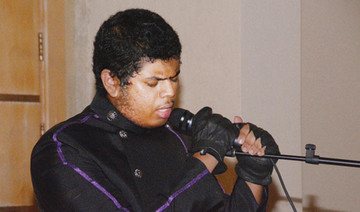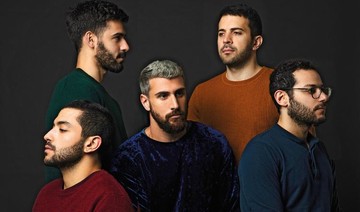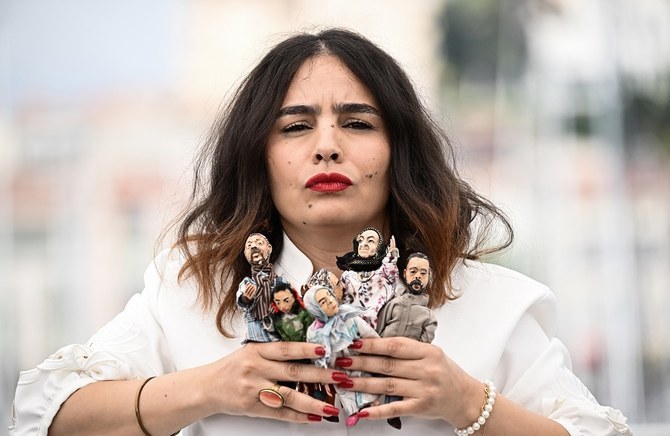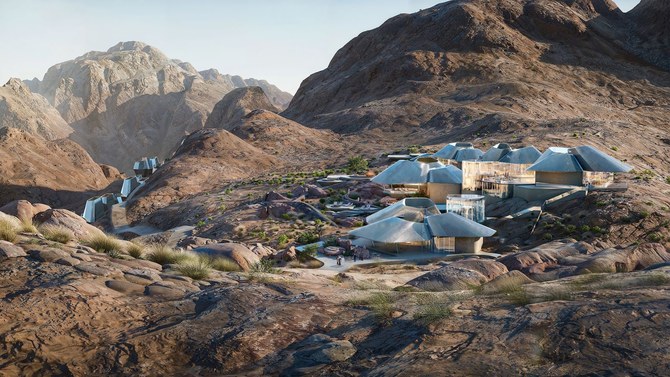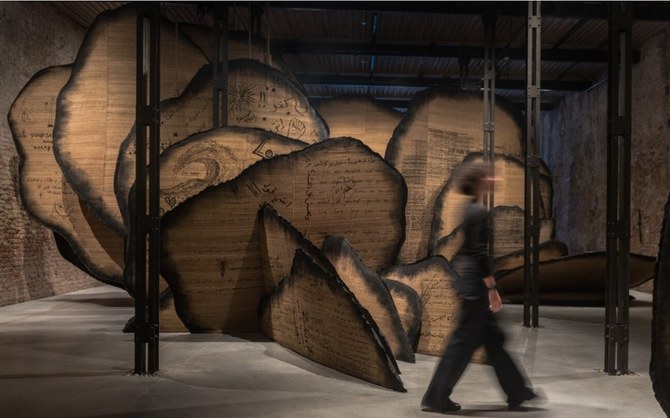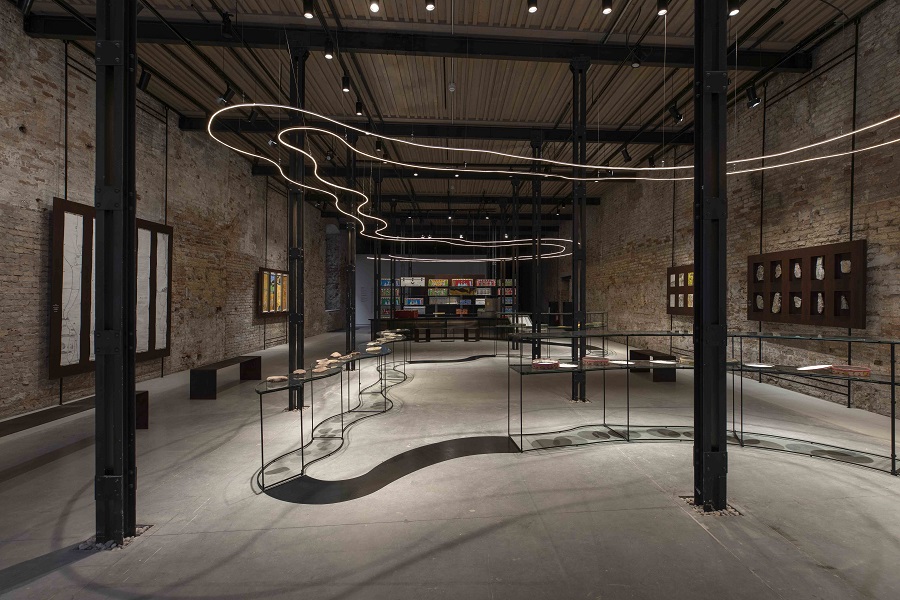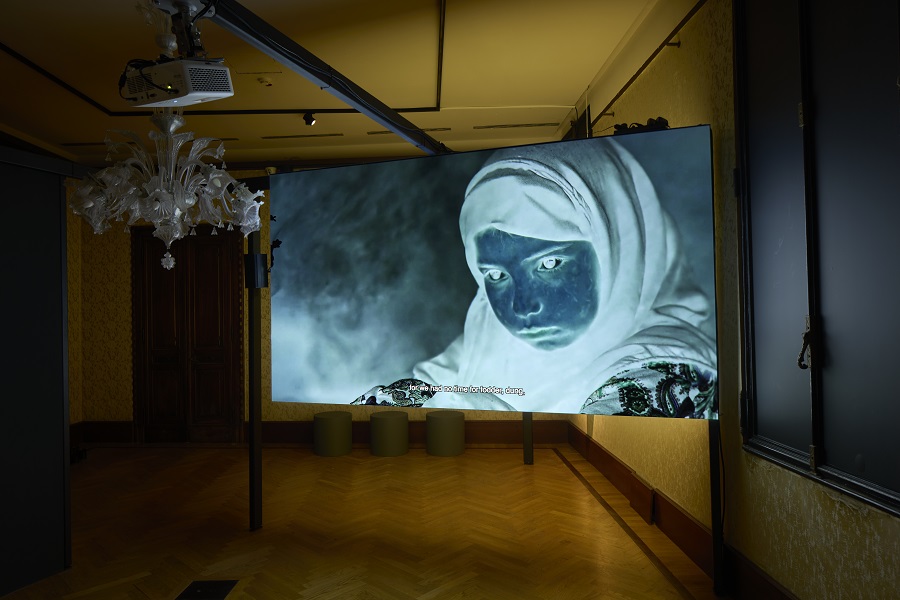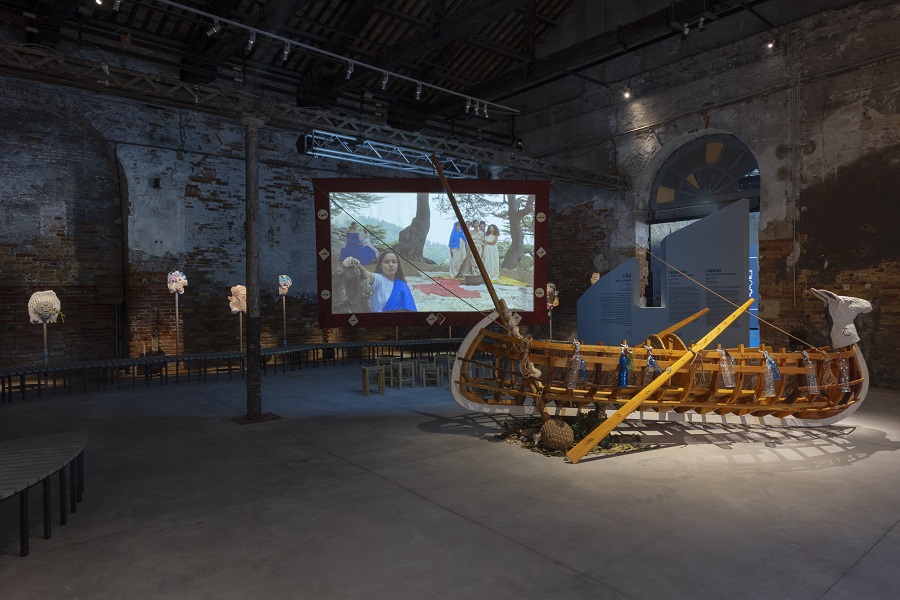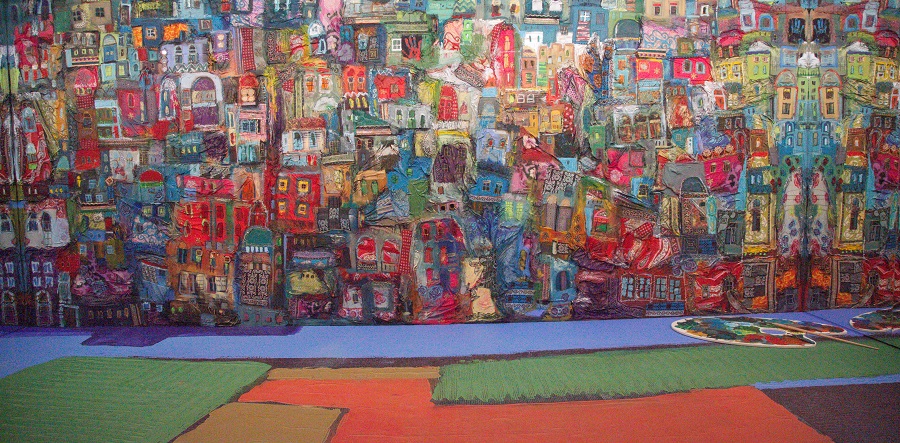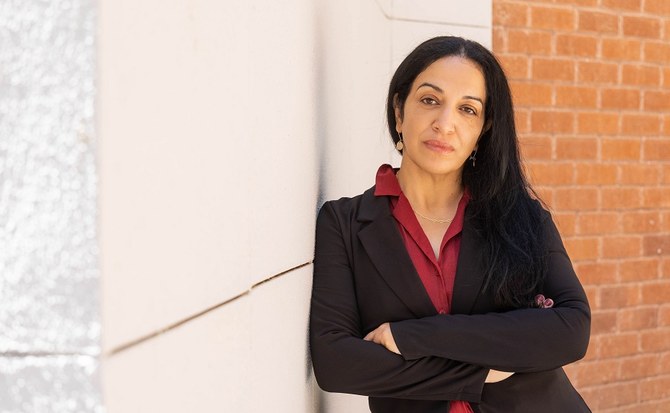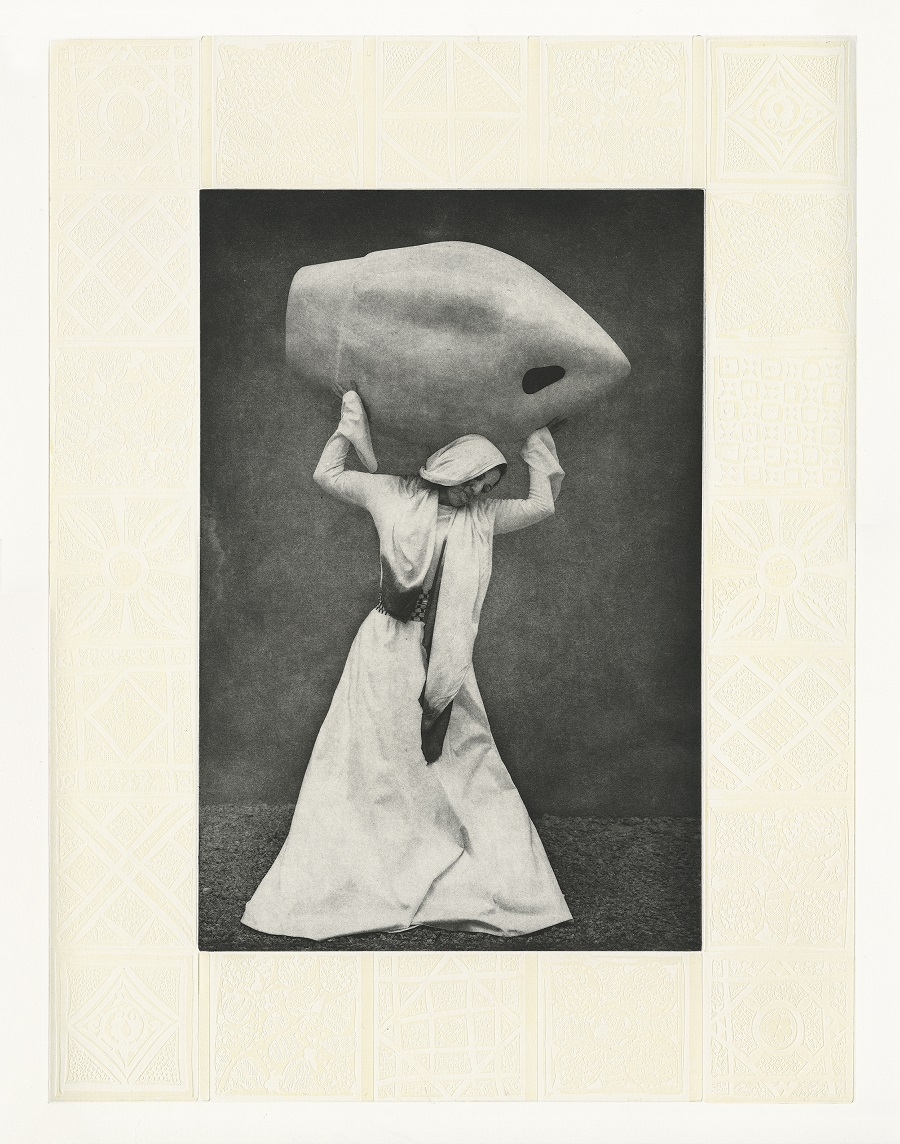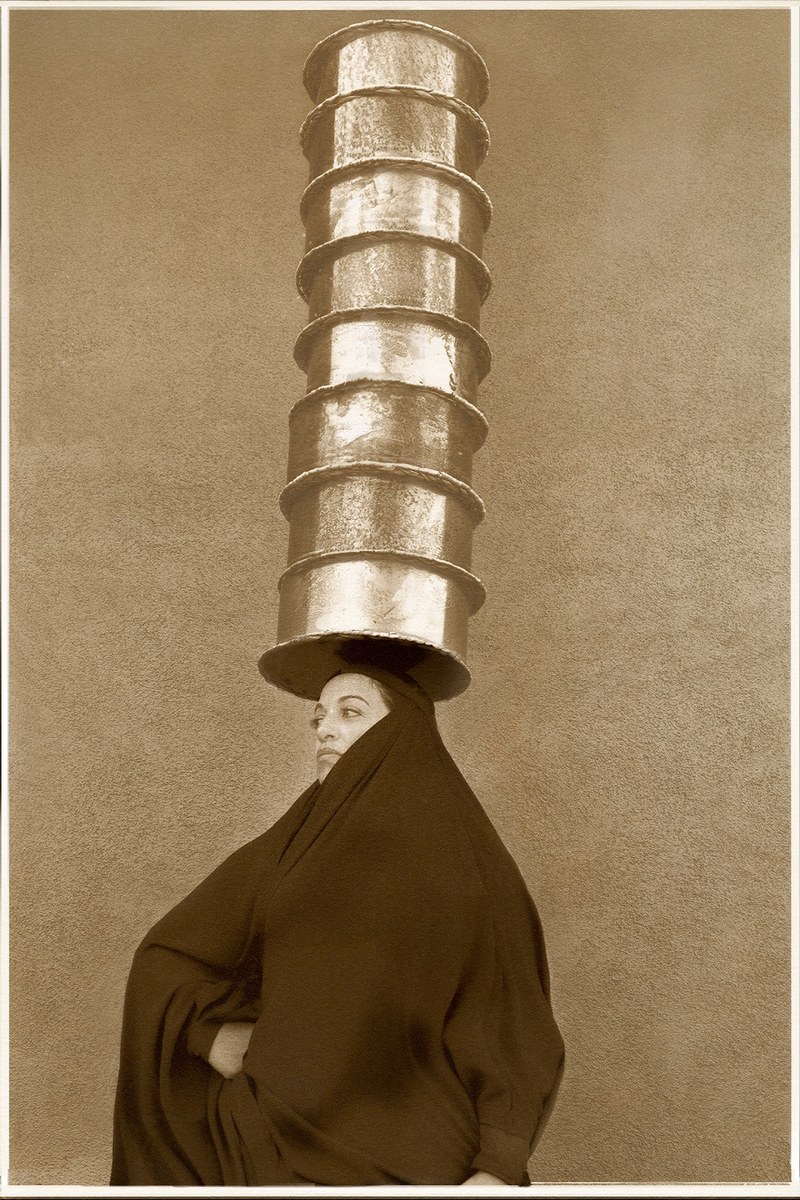DUBAI: “She has one of the most incredible voices I’ve ever heard,” says the Lebanese musician Wael Koudaih of the Saudi Arabian singer Ibtisam Lutfi. “She really is an incredible singer and oud player. She would sing very classical Arab music, sometimes with a little khaleeji touch that had a very special rhythm, and she had a very beautiful way of playing the oud.”
Softly spoken and affable, Koudaih is sitting quietly in Fabrika, a co-working space in the Achrafieh district of Beirut. Best known by his stage name, Rayess Bek, and once renowned as a trailblazer in Arabic hip-hop, Koudaih is almost unrecognizable from the artist he once was. The quick-fire lyrics in Lebanese Arabic or Parisian French have faded into memory, replaced by a wider artistic repertoire and an appreciation of both classical Arabic and modern electronic music.

He first discovered Lutfi while researching for the sequel to “Love & Revenge,” his much-lauded audio-visual collaboration with video artist Randa Mirza. An ode to the Golden Age of Arabic music, “Love & Revenge” was a fusion of ‘electro pop music and cinema from the Arab world’, with Koudaih’s re-working of classical Arabic songs accompanying Mirza’s edited film sequences.
Now Koudaih and Mirza are working on “Glory & Tears,” a follow-up to “Love & Revenge” that focuses on lesser-known artists from the Arab world. It will retain its predecessor’s pop edge — utilizing drum machines, synthesizers and electric oud to create a contemporary sound that draws its inspiration from artists including Lutfi and the Mauritanian trio Houria.
Koudaih is also working on “Dabake,” an electronic dabke project funded by the UNHCR that will be performed soon in Beirut, and features Syrian electronic artist Hello Psychaleppo, Khaled Omran from the Syrian alt-rock trio Tanjaret Daghet, and Lebanese indie-rock outfit Who Killed Bruce Lee frontman Wassim Bou Malham.
“It was very unusual to see a woman dressed the way Lutfi was, with this haircut and those beautiful dark glasses, playing the oud and singing in Saudi Arabia,” says Koudaih, returning to “Glory & Tears.” “We are not used to this image and it’s quite unusual. She’s a quite unique person in a quite unique environment. I think this is why I enjoyed listening to her songs.”
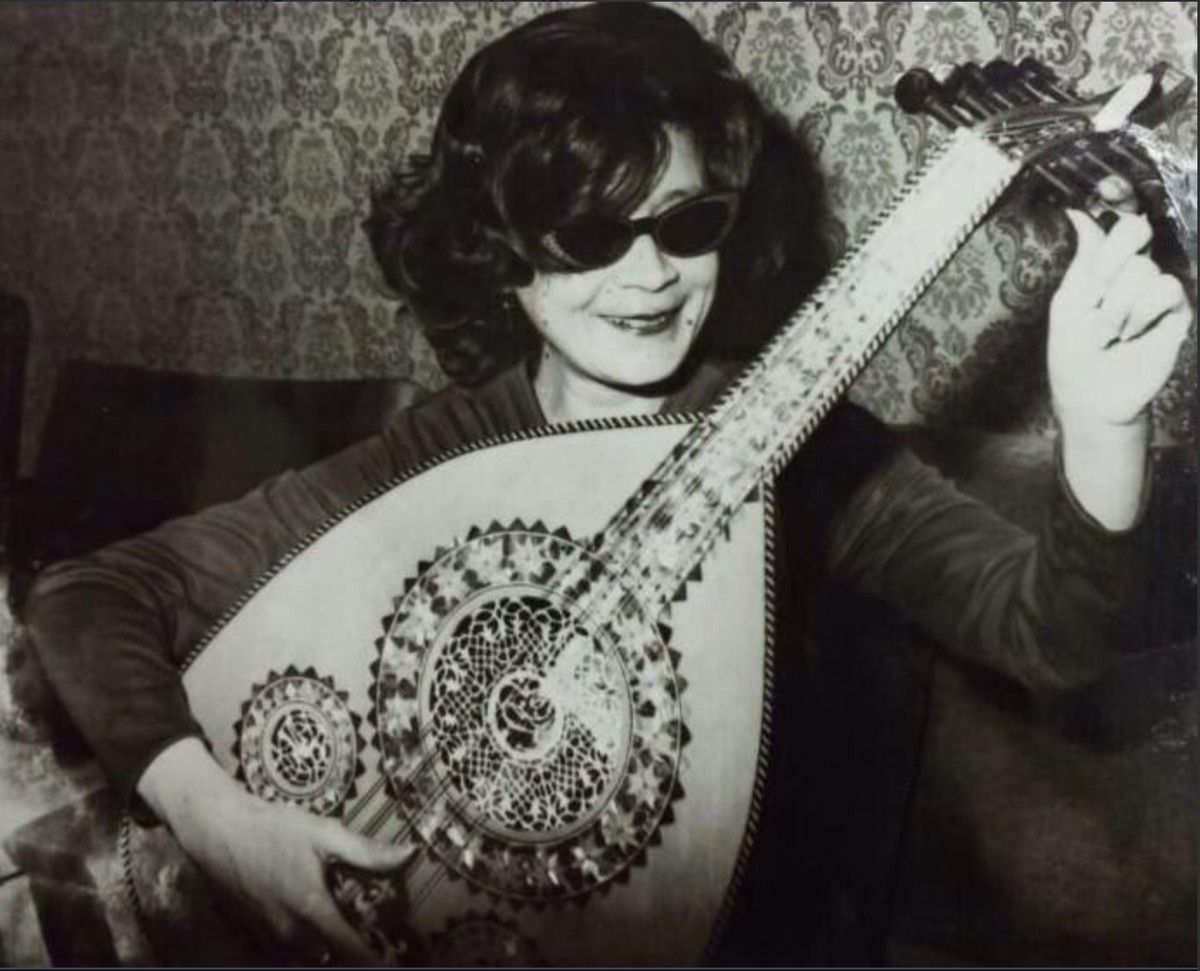
One of Saudi Arabia’s greatest singers, Lutfi was born in Ta’if in 1951 and began her singing career in Jeddah in the 1960s. An exceptional oud player, she was blind and had a distinctive, striking appearance, yet disappeared from public life suddenly in the late 1980s following the death of her parents. She re-emerged briefly in 2013, only to disappear again shortly afterwards.
Now elements of her work are to be given new life through “Glory & Tears,” which Koudaih says will be sewn together using the theme of hybridity.
“It’s quite interesting, because we’re getting out of this glorious Golden Age, which I love, into something else that existed,” he says. “Where you have singers or musicians that were known locally but didn’t get the chance to become superstars. Singers from Sudan and Yemen, and groups such as Houria, who wore traditional clothes, had an electric guitar, and played Mauritanian songs in Arabic but in their own dialect.”
Downstairs from Fabrika a sound lab is in the process of being built. An isolation room has been installed and special flooring laid, although the space isn’t expected to be fully functional until next year. It’s where “Dabake” was recorded and where Koudaih has chosen to co-invest with the owner of Fabrika.
Born in Nabatieh in southern Lebanon, it’s all far removed from Koudaih’s early days as a rapper and beatmaker, performing with the likes of Eben Foulen and Tamer Nafar from the Palestinian hip-hop group DAM. Koudaih’s art has evolved, encompassing theater, dance, and productions such as “Goodbye Schlöndorff,” which combined intimate cassette recordings from the civil war with short sequences from director Volker Schlöndorff’s movie “Circle of Deceit.”
“You know, I got to a certain point where I felt that hip-hop was not something I could go further with,” he once said. “I felt it was over. I felt I’d done everything I wanted to do with this kind of music and that it was limiting me as an artist. I thought what I was saying — or what I had said — was enough in the context of lyrics and of rapping to a beat.”
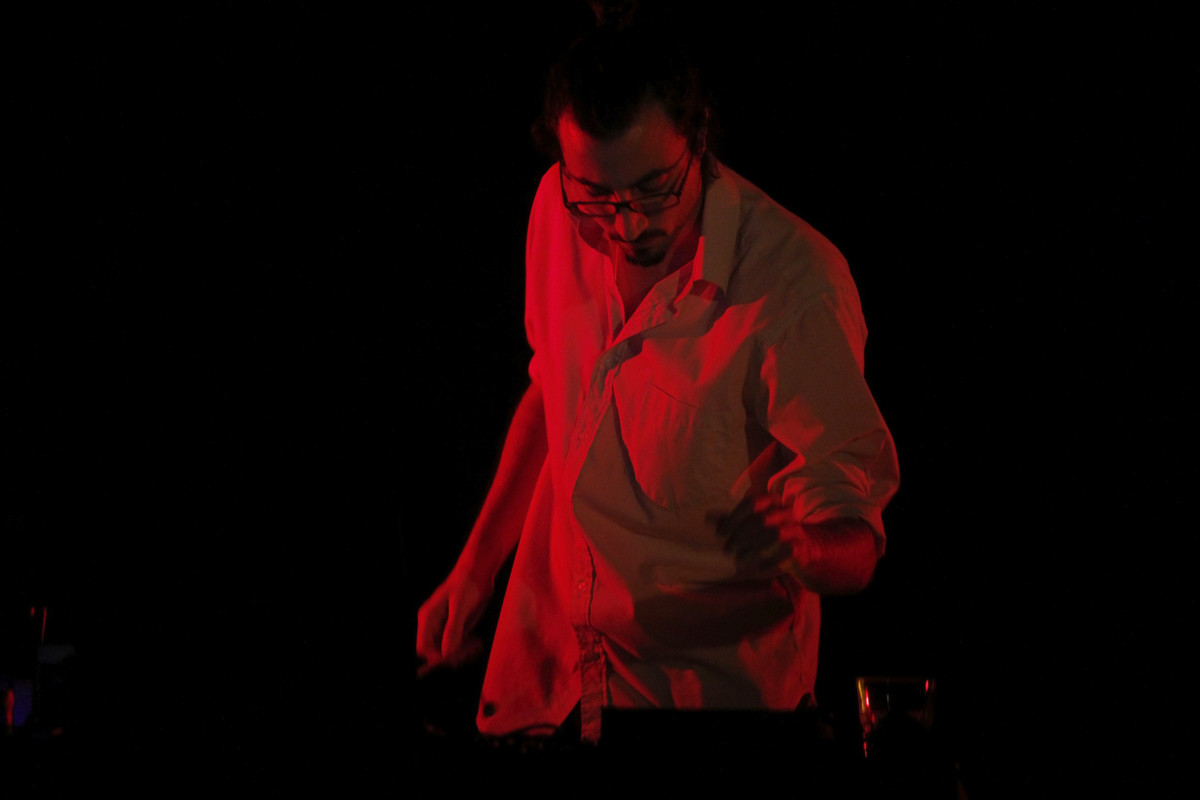
With Mirza he has found greater room for artistic expression, with the duo also working on a separate archival project; one that is based on the first ever recordings made in the Arab world.
For Mirza, “Glory & Tears” has opened up a whole new realm of Arab cinema. Whereas previously she had worked with classics such as Hussein Kamal’s “Abi foq Al-Shagara,” or Youssef Wahbi’s “Gharam wa Intiqam” (Love and Revenge), she has now delved into the obscure, drawing on movies including Hamada Abdel Wahab’s “Rihla Ila Al Qamar” (Trip to the Moon).
“What Randa is doing is quite amazing, because she is taking forgotten, lowbudget genre movies like ‘Star Wars,’ but done by Arabs,” says Koudaih. “It’s crazy. You have Arabic kung-fu, you have an Arab James Bond, the Karate Kid, an Arab Dracula. They are amazing and super-funny. We are playing on this double — or troubled — identity, where we are in the post-colonial phase. It is modernity as seen through the eye of the colonized.”
The first performance of “Glory & Tears” is expected to take place early next year, with both Mirza and Koudaih to be joined in Beirut in late January by the Algerian electronic oud player Mehdi Haddab and French musician Julien Perraudeau, both of whom were also part of “Love & Revenge.”
“In these films you see this influence that came from the West but is then treated in a very funny and very Arab way,” says Koudaih. “You still have the cowboy, but then you see an Arab running, then the army arrives, and then he gets into a space machine and goes to space. Then he meets Dracula. All in the same movie. It’s so confusing. So many clichés. But it’s super-funny.
“And I think this is what we are today. At least this is what I am, if I have to speak for myself. I am this weird, unclear mix of French, Lebanese, a little bit of American because I watch so many movies, and maybe German because I lived in Berlin for three years. I have this tendency to grab stuff from cultures. Grab the stuff that I like. Even if I wasn’t a creator I would still do it, because this is human nature. It is this hybridity that ‘Glory & Tears’ is all about.”



